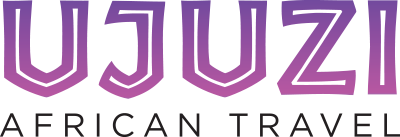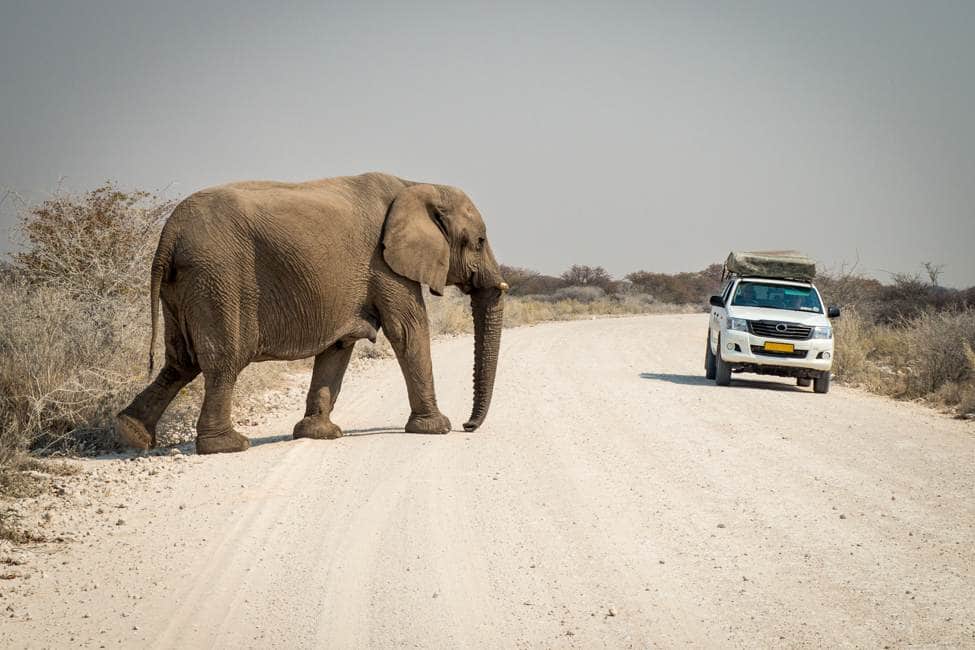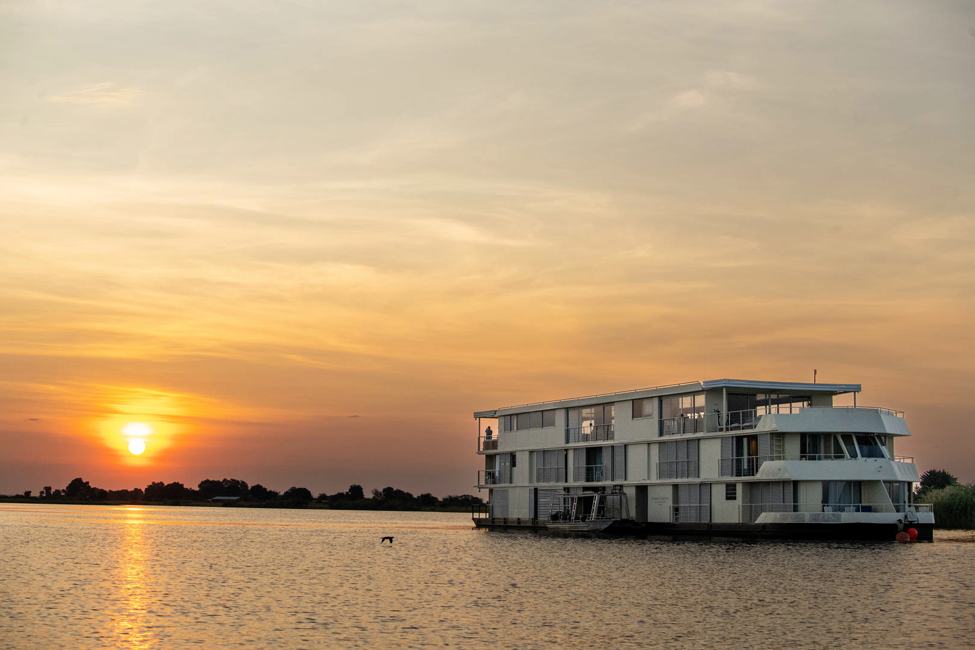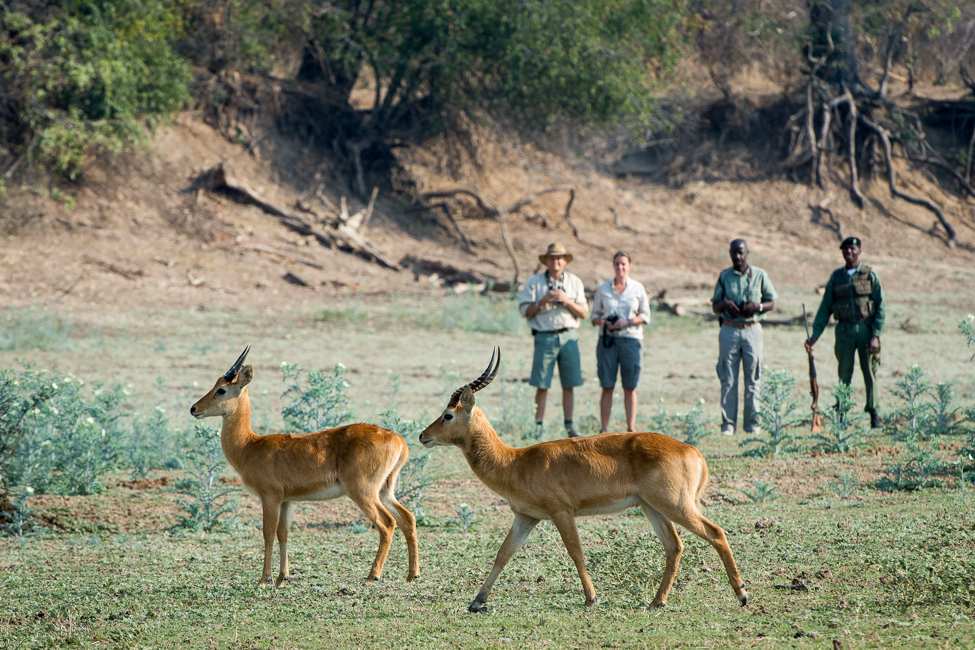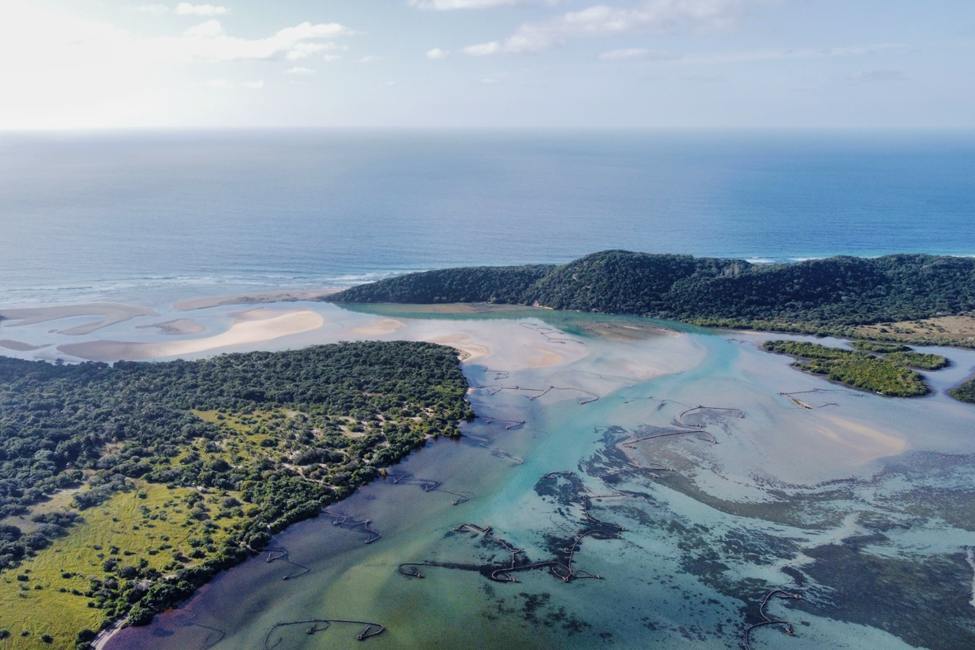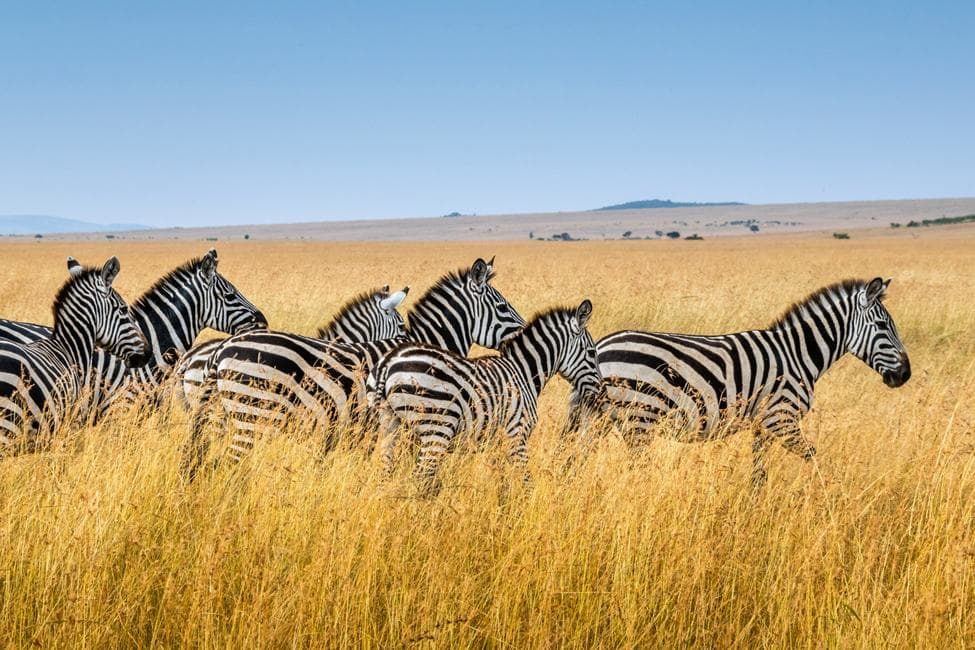Getting around on your Southern African safari
On a recent trip to Namibia, I had an experience I’d never had before on safari: I drove a car!
When most North Americans go on safari, they rely on professional driver-guides. And that’s for good reason. Professional guides know the lay of the land. They can pick the best route from one park to another. More importantly, they are trained naturalists who can read the environment, helping you find animals you might not otherwise see.
I have learned so much from traveling with guides. But I also wanted to try something different on this journey. So I decided to be my own driver for the first four days of the safari, then enjoy the benefits of a guide for the rest of the trip.
Self-drive safaris are actually fairly common in Southern Africa. They are most favored among nationals, who drive themselves to famous parks like Kruger in South Africa and Etosha in Namibia in the same way that Americans drive to Yosemite or the Grand Canyon. The option is also popular among Europeans.
Read on to learn more about self-drive safaris and how they compare to overland guided safaris and fly-in safaris.
Pros and cons of a self-drive safari
Although I drove for only the first four days, I know I could self-drive the entire trip. The roads, despite being 80 percent gravel, are extremely well-maintained and have fantastic signage. You can generally drive 50 to 60 miles per hour when you are going from place to place. And getting my International Driving Permit before I left for my trip was a simple process.
Pros
Self-drive is a great option for people who enjoy the adventure of the open road:
- You can set your own schedule and change it on a dime.
- You can linger over a beautiful landscape as long as you want.
- If you love a lodge so much that you don’t want to leave it, you can simply extend your stay—as I ended up doing at Ongava Lodge with its amazing watering hole and photographic hide.
- Buy all the souvenirs you want! You don’t have to worry about luggage weight, size, or type requirements. Guided safaris generally require soft-sided luggage and charter flights have strict weight limits. See our packing tips for more info.
- You save money!
Of course, these advantages are also available in guided travel, but flexibility tends to diminish the larger your group gets.
Cons
The drawbacks:
- You’ll miss out on insider knowledge about the parks and places you visit.
- Without a tracker or guide, you’re less likely to see all the animals you’d like.
- You need to learn all park safety rules before you set out.
- You need to be alert when driving in a new environment and, in many parts of Africa, on the left side of the road. If you’re prone to jet lag, you might want to minimize driving for the first couple days after arrival.
During the guided portion of my safari, I encountered a Swiss family heading to an area of the park that had very little wildlife at that time of year. They had made their plans based on what they had read in guidebooks and the internet. But sometimes you need the expertise of a local.
Getting the best of both worlds
You can lessen this drawback by self-driving between lodges, then hiring a guide at your destination to take you on game drives and to see interesting historical, cultural, geological, and natural highlights, such as the Namib Desert’s Little 5 animals or South Africa’s Robben Island. You will see much more—and gain a deeper understanding of what you are seeing.
Planning your self-drive safari
When planning a self-drive safari, you can go it alone or work with a travel planner. If you go it alone, you do all the research, planning, equipment rental, and reservations yourself. You’ll also need to work out your own route through the country and the parks you wish to visit. This can be a challenge if you aren’t familiar with seasonal changes and where animals are most likely to be.
Devising an itinerary for a country you’ve never visited before can be quite stressful. That’s why many people choose to work with a travel planner. Your travel planner can help you figure out when to take your trip and what places to visit in order to make the most of your safari. They can take care of all the logistics of the trip, including vehicle rental, lodge or campsite reservations, and park passes.
Of course, you’ll still need to drive, park, and visit the gas station yourself. So keep plenty of local currency on hand for parking meters, gasoline (usually called “petrol” in southern Africa), or to tip for extra services at gas stations like window cleaning.
Explore Namibia on These Safaris
Guided overland safaris
In a guided overland safari, your guide drives you from place to place, pointing out sights along the way. In some cases, you may have two guides or a guide and a professional driver.
These drives are a great opportunity to learn in-depth about the country’s wildlife and culture from an expert. Some of my most memorable moments in Africa are of conversations I had with guides as we traveled between parks.
I enjoyed the self-drive portion of my Namibian safari, but the experience became even richer when I met up with my guide. Franco is a Namibian who has devoted his life to understanding his country’s natural treasures. Like all good guides, he knows not just where to find animals, but also the best times of day to see them. I learned and saw things I would have missed on a purely self-drive safari.










These photos highlight a few of our adventures with our Namibian guide, Franco. On a walking safari, he showed us how to track animals by looking for pawprints. He also helped us find elephants, explained the prehistoric art at Twyfelfontein, and treated us to hot cocoa at sunset!
Highlights of a Guided Overland Safari
In Etosha National Park, Franco spotted two huge male lions about three hundred yards away as we were driving. We stopped to watch their massive shapes slowly move west. Franco speculated they would either stop under the shade of a nearby tree or continue on to the local water hole. We watched and waited. When they passed under the canopy of the tree and moved on, we knew they were headed for water.
Franco made a beeline to the waterhole and set up shop. And sure enough, we watched the lions walk directly toward us and pass by 20 to 30 yards away as they descended to the waterhole.
If I had been there without a guide, I wouldn’t have known to go to the waterhole (and possibly would have not seen the lions all together). That was the case for the four self-drive vehicles in the area. They crept along the road parallel to the lions, trying to figure out where the lions were going. While they eventually ended up at the waterhole with us, the lions were not in the best spot for viewing by the time they arrived.
Another time, we stopped to watch a female black rhino and her calf grazing on the shrubs near the park road. Black rhinos have been known to charge vehicles, so I was glad that Franco was there. He knew how to keep a safe distance and avoid anything that might be perceived as threatening by the rhino mom. Instead of worrying that I might accidentally commit a rhino faux pas, I could just relax and enjoy a beautiful moment with nature.

A safari plane flies over the Namib Desert. Photo courtesy of West Air.
Fly-in safaris
Flying is excellent for people who are short on time and love seeing landscapes from above. But it’s also the priciest option for getting around.
Flights are taken from airstrips near lodges, parks, or reserves. The planes may seat anywhere from five to twenty people and fly lower than large aircraft, offering excellent views of the landscapes below.
Most people who do fly-in safaris opt to have guides. There are two main ways to do this. You can have a guide that travels with you from place to place throughout the safari. Or you can fly on your own and have a separate guide at each destination.
Of course, like anything, you can mix and match options—perhaps have a guide travel with you for the first half of your safari, then travel independently the second half.
You can lessen the cost of a fly-in safari by flying for one or two segments of your trip, and doing the rest by land. In Namibia, the most popular fly-in safari route is a scenic flight over the Skeleton Coast, where you’ll gaze at a sea of sand dunes and an Atlantic shore dotted with shipwrecks.
Find out if a self-drive safari is right for you
Want to explore the possibilities of a self-drive or guided safari? Ujuzi African Travel is here to help. Send me a note or schedule a time to chat on our contact page. I look forward to helping you plan the safari of your dreams!

About the author
Anne Medeiros is the founder and operator of Ujuzi African Travel.
Sign up for the Ujuzi Newsletter!
From top travel tips to innovative safaris and conservation movement, get inspired to plan your next African safari!
By submitting this form, you are consenting to receive marketing emails from: . You can revoke your consent to receive emails at any time by using the SafeUnsubscribe® link, found at the bottom of every email. Emails are serviced by Constant Contact
